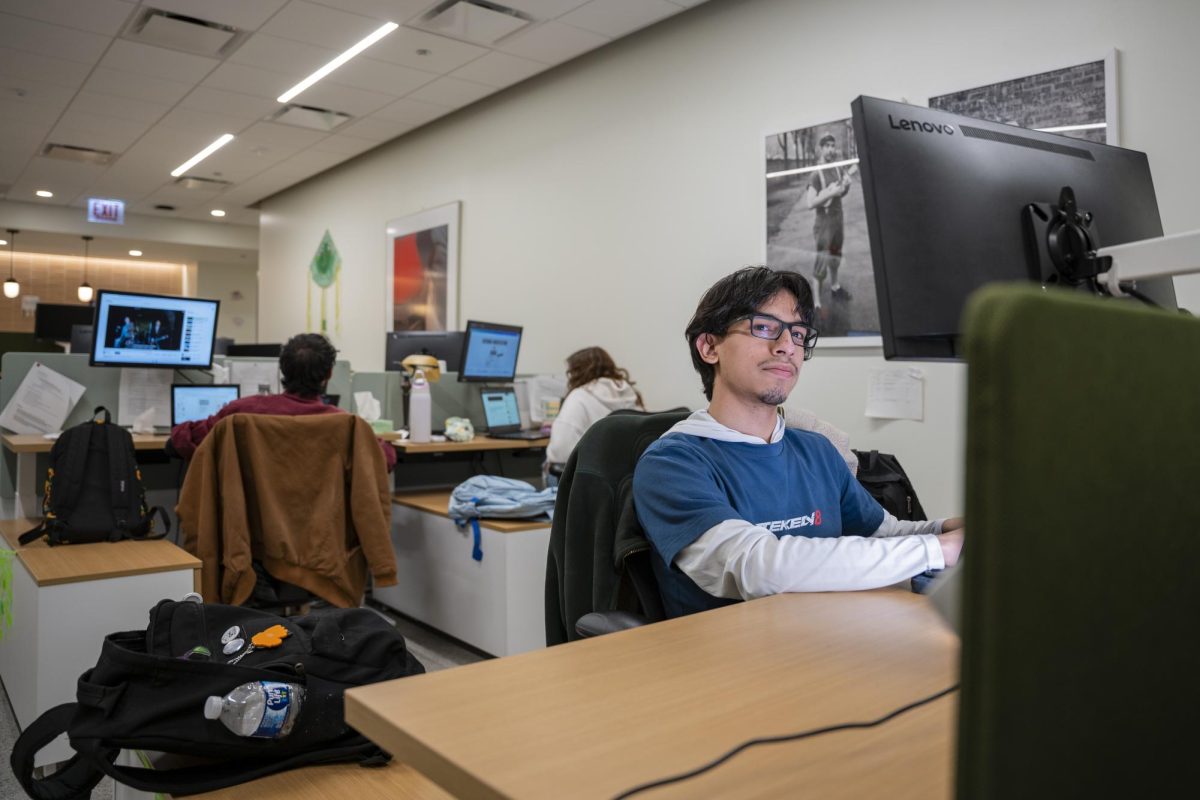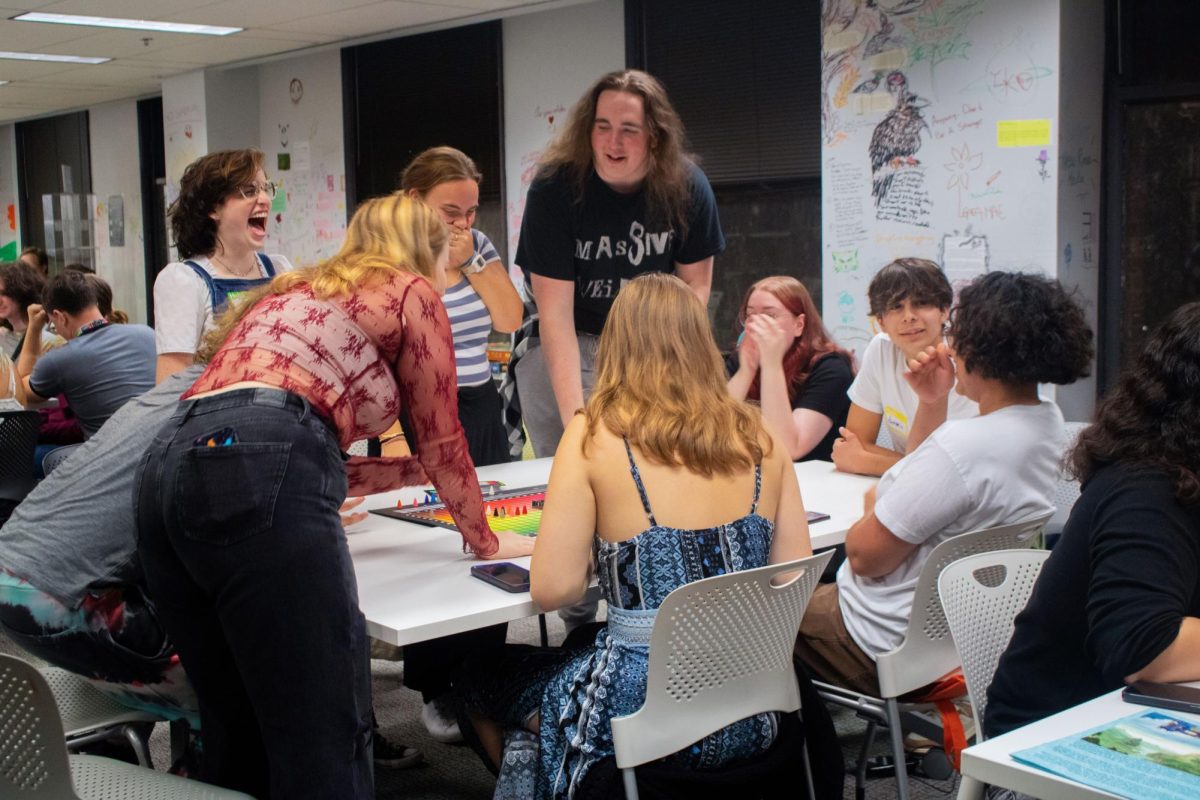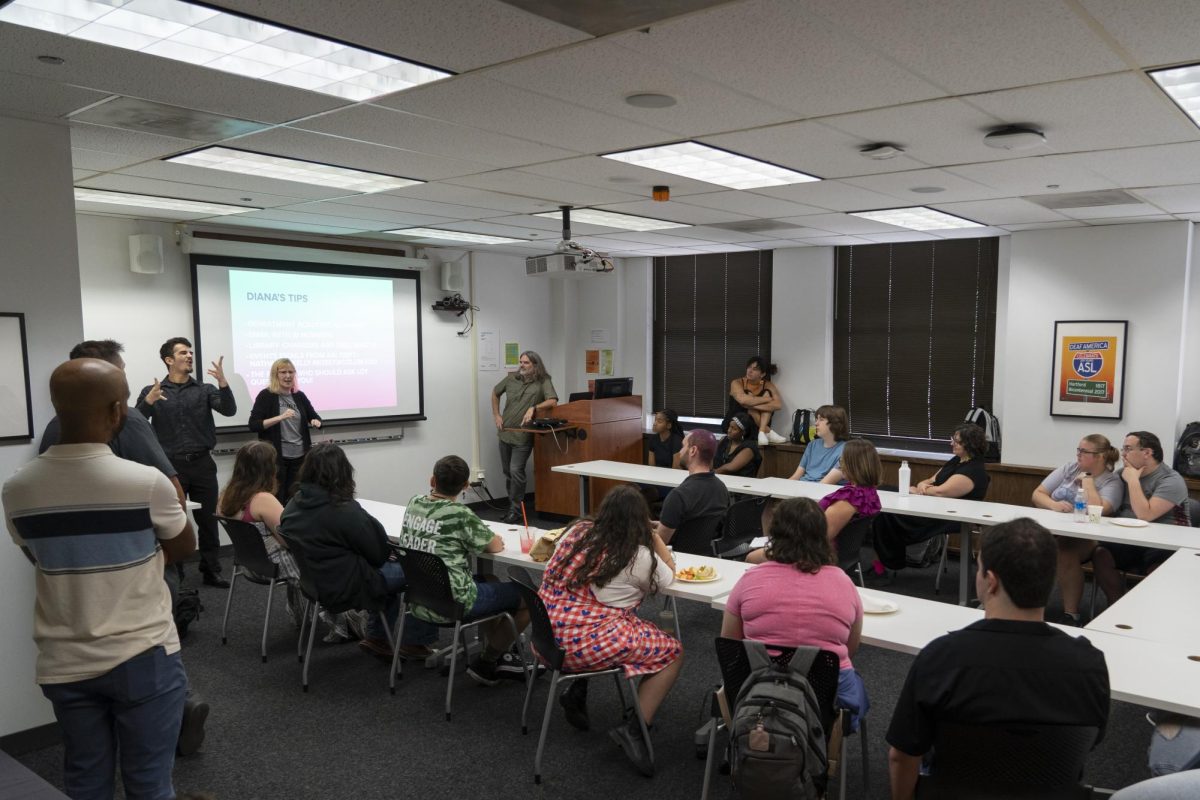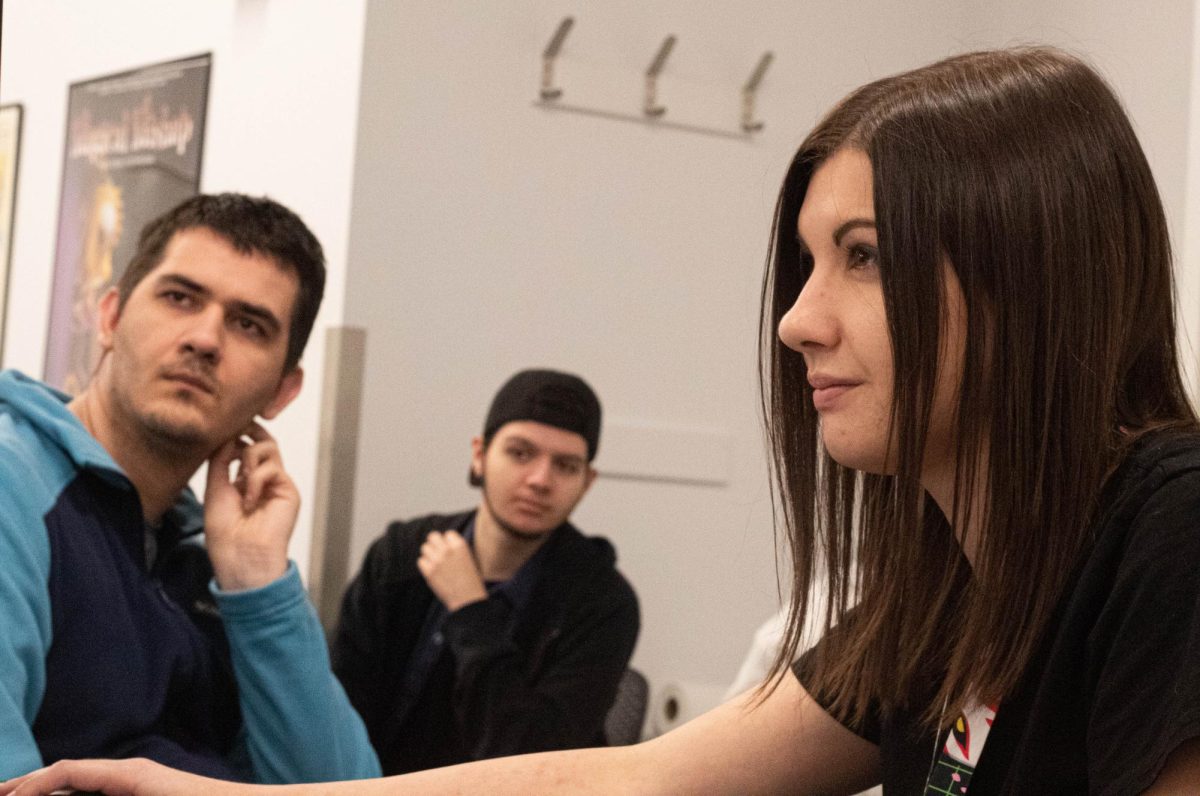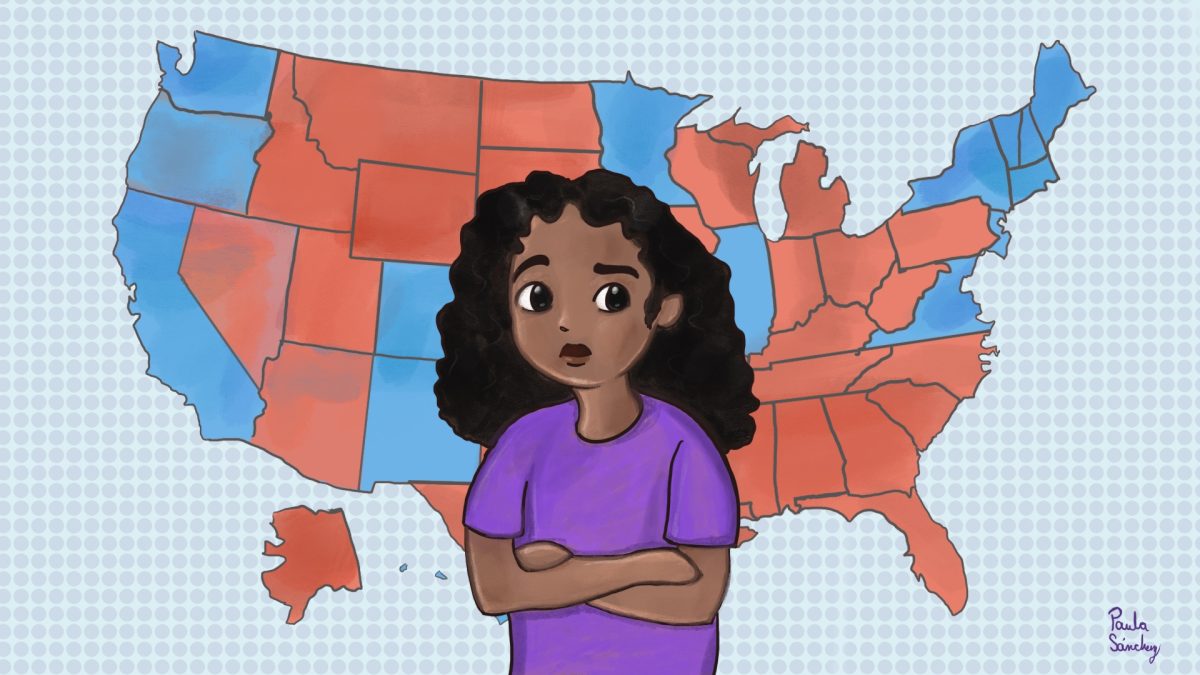MENTAL HEALTH ISSUE
Balancing life and school is often a challenge for students, but for students who also have to work a job – or sometimes multiple jobs – to put themselves through school, that balance can be even harder to find.
Anthony Garrido, a first-year 3D animation major, knows this first-hand.
“There’s times where it can get a little stressful since the days I work kind of interfere with my school days,” said Garrido, who works at the bag check of one of O’Hare International Airport’s terminals. “But I should be able to stay on track.”
Garrido said he applied for the position to have extra money.
He said while he did start with having set days to be able to focus on school work, he’s been struggling to maintain that balance due to having to be “everywhere.”
“Sometimes even after work I have to be at different places like going to pick up my siblings or a family member, but mentally, there are days that I have so much on my mind that I get worn out,” Garrido said.
In 2022, about 42% of the 11.6 million people ages 16 to 24 who were enrolled full-time in college were also working, according to the Bureau of Labor Statistics. That percentage nearly doubled for part-time students.
Students enrolled in four-year colleges, like Columbia, were less likely to be in the labor force than students enrolled in two-year colleges. Those numbers did not change much from the year before, the bureau reported.
Angel Quintana, a sophomore graphic design major, works as a call ambassador in Admissions and at a community center in Humboldt Park to help support his family.
Quintana initially experienced difficulty managing school and two jobs, but got organized through “developing good habits and scheduling.”
“Usually on the commute to school I work on assignments and then late at night, when I get home,” Quintana said.
Ravon Robinson, a first-year photography major, works at Raising Canes, a fast-food restaurant, to help make ends meet.
“I give myself three or four hours a day for schoolwork and sometimes on Sundays an hour because there might not be that much,” Robinson said.
Junior photography major Darius Bowen works at Potbelly, a fast-casual sandwich shop, to have money to spare for himself and in case of a financial emergency.
Bowen said he feels he can balance school and work, but said “it’s just the amount of what work I’m doing and how I’m keeping up with it.”
For Erik Rivera, a sophomore film and television major, who works at an IHOP restaurant in the city, said the key is a lot of “pre-planning.”
“If I know I’m going to take a hard class [which] I make sure I take one or two each semester, and have the rest be easier classes,” Rivera said.
Richard Chin, coordinator of Counseling Services, said students work to pay for tuition and other school-related expenses or to get experience in their field.
The key is time management, Chin said.
“Students who work in jobs unrelated to their interests can still learn time management, money management and professional skills that can translate to their future career in addition to exploring their interests in other fields,” Chin said.
Chin said it is important for students to be adaptable.
“Each day presents a new opportunity to try to find balance,” Chin said. “Nothing is static and we have to constantly adapt ourselves to our environment.”
Rivera originally worked from Friday to Sunday, but advocated to get Fridays off to focus on school work.
“That’s been working out better for me,” Rivera said. “Before I was just too stressed as I didn’t have time for myself.”
Copy edited by Jordilin Ruiz
Resumen en Español:
Ser capaz de equilibrar la escuela y la vida personal puede ser un desafío para los estudiantes universitarios. Sin embargo, para los estudiantes que también deben trabajar en un trabajo, o en varios, puede ser aún más difícil. En 2022, alrededor del 42% de los 11.6 millones de personas de 16 a 24 años que estaban inscritas a tiempo completo en la universidad también estaban trabajando, según la Oficina de Estadísticas Laborales.Ese porcentaje casi se duplicó para los estudiantes a tiempo parcial. Los estudiantes matriculados en universidades de cuatro años, como Columbia, tenían menos probabilidades de formar parte de la fuerza laboral que los estudiantes matriculados en universidades de dos años. Los estudiantes a menudo deben organizar y programar qué días de la semana tienen que concentrarse en las tareas escolares, pero a algunos les resulta difícil establecer suficiente tiempo.
Resumen en Español por Miranda Bucio


